DIY Dry Erase Cloths Using Old Fabric (Budget Friendly)
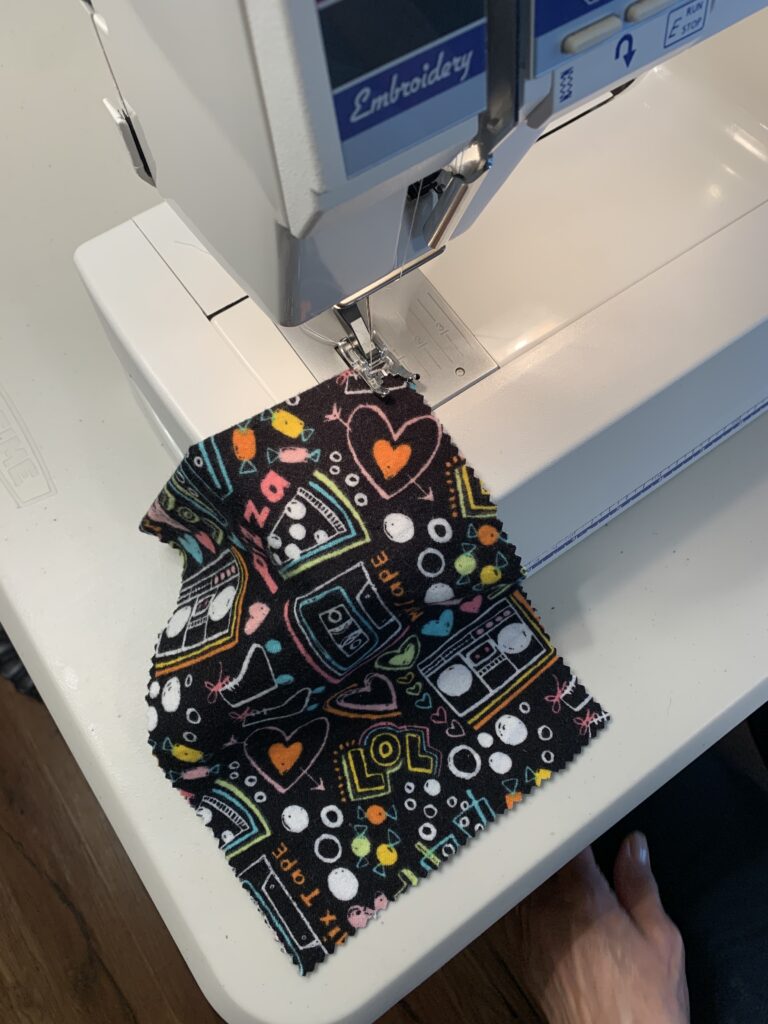
“No one is perfect, that’s why we have erasers”-Anonymous
At Southern Schoolhouse, we love finding ways to repurpose old materials, like recycling flannel to create dry erase board erasers. This eco friendly, money saving craft is loved by the kids and makes your classroom feel homey.
The Perfect Book Series for Little Ones

The Little Blue Truck book series is a sweet and fun collection of stories about a cheerful blue truck and his animal friends.
Teaching Character Analysis- Book Suggestions

Teaching Character Analysis- Book Suggestions
Create a Calming Center for your Classroom

A calming center is a must for all elementary and special education classrooms. This designated space comes with many names: quiet corner, calm down corner, chill zone etc but they all serve the same purpose, Emotional Regulation.
Hands on Sensory Play Equals A World of Fun!
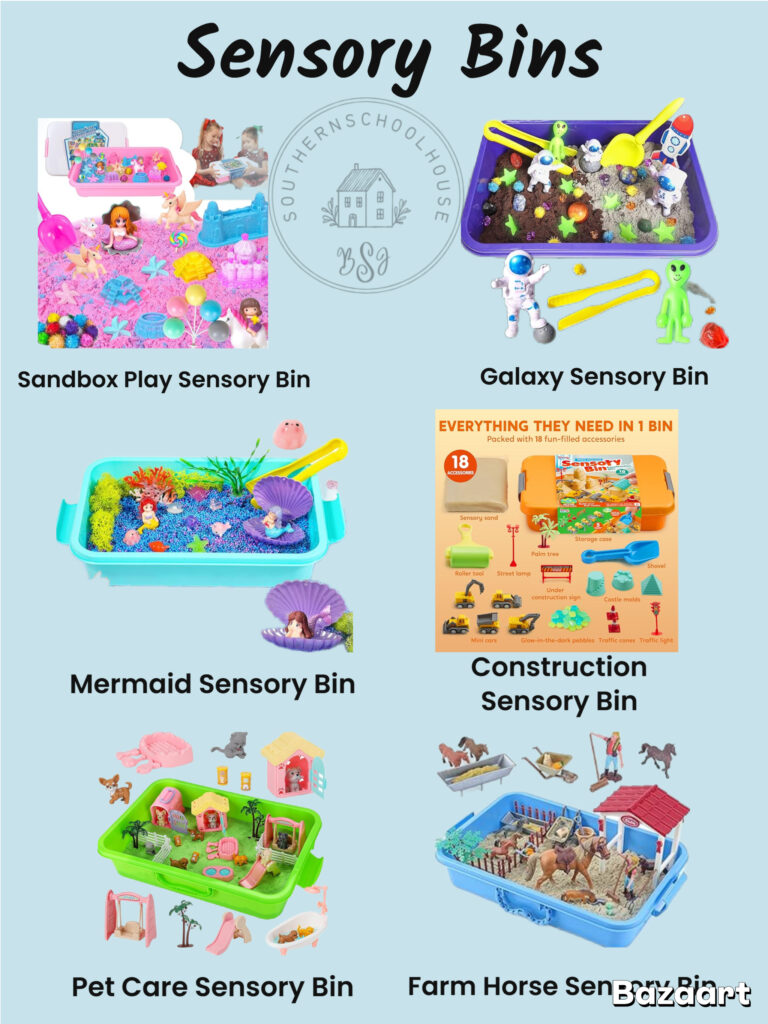
Sensory bins are excellent tools for engaging multiple senses, which help enhance sensory processing and overall development. They provide a hands on experience that promote motor skills and creativity. These bins also encourage creative play and focus as they explore different textures, colors and objects. In addition, they can be calming and therapeutic, helping children regulate emotions during stress, frustration or overstimulation.
“Playful Paths to Reading: Hands-On Early Literacy Activities”
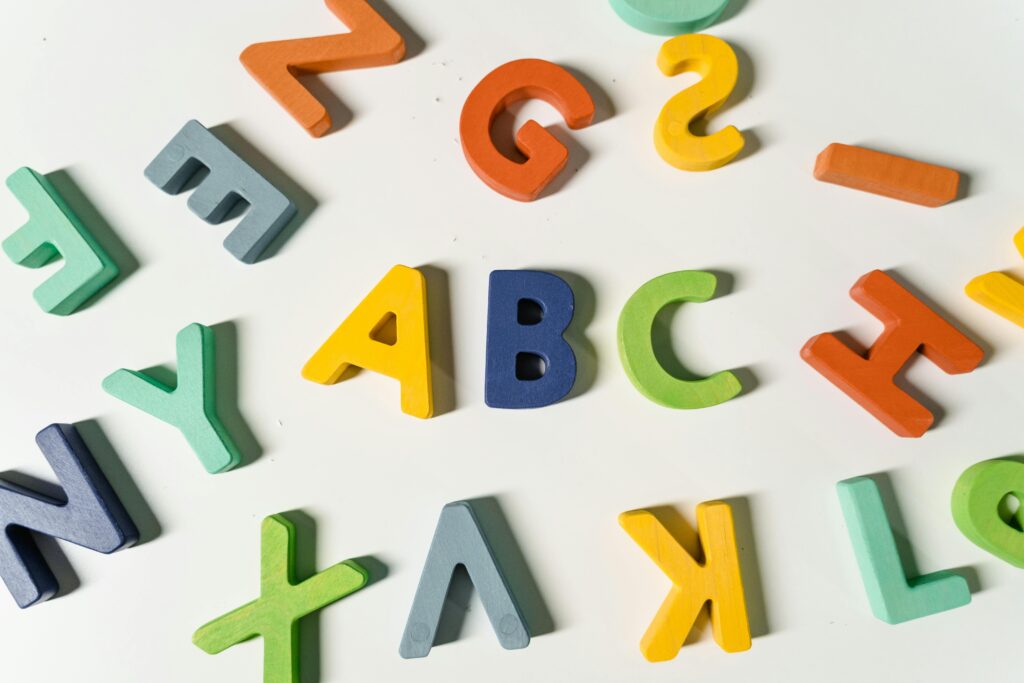
Hands-on early literacy activities is all about making early literacy development fun, interactive, and engaging for young children. I am sharing some tools and games that combines play with learning, giving children an opportunity to explore and practice literacy skills through interactive experiences.
Make Your Own Letter Formation Sand Tray and Letters

Prior to owning my sand tray. I used a plastic pencil box filled with a little salt or sand. I filled the entire bottom of the pencil box with about a half an inch of sand. These boxes were perfect due to the built-in lid.
How to Teach Letter Identification and Formation

Teaching letter identification and formation is a commonly taught skill in early grades and special education. All littles, including those with motor and attentional difficulties will benefit from a multi-sensory approach to learning this skill.
Favorite Chapter Books-Fantasy Genre for a Great Bedtime Routine

These highlighted series are my all time favorite fantasy read-alouds. The literary adventures have created many memories and childhood fun for my family and I hope to share them with you. Even my 22 year old will still cuddle up beside me while I read Harry Potter to his little brother. Happy adventuring…
Chapter Books for the Hesitant Reader

Most of my experience as a regular education teacher has been with the upper elementary students. As the students move into 3rd grade, they move towards reading chapter books instead of picture books. A pattern I noticed over the years is that students enjoy having that chapter book in hand whether they can actually read it or not. The thicker the better. Chapter books just become “the thing” when the students get into the upper grades.
Using Interactive Notebooks to Teach Reading and Writing

This is something new for me and I really love it! Have I used reading and writing notebooks in the past for my ELA instruction? Yes I have, but never as intentionally and consistently as I am using them now. Also I have never felt they have been as beneficial until this year.
Valentine Gift Ideas
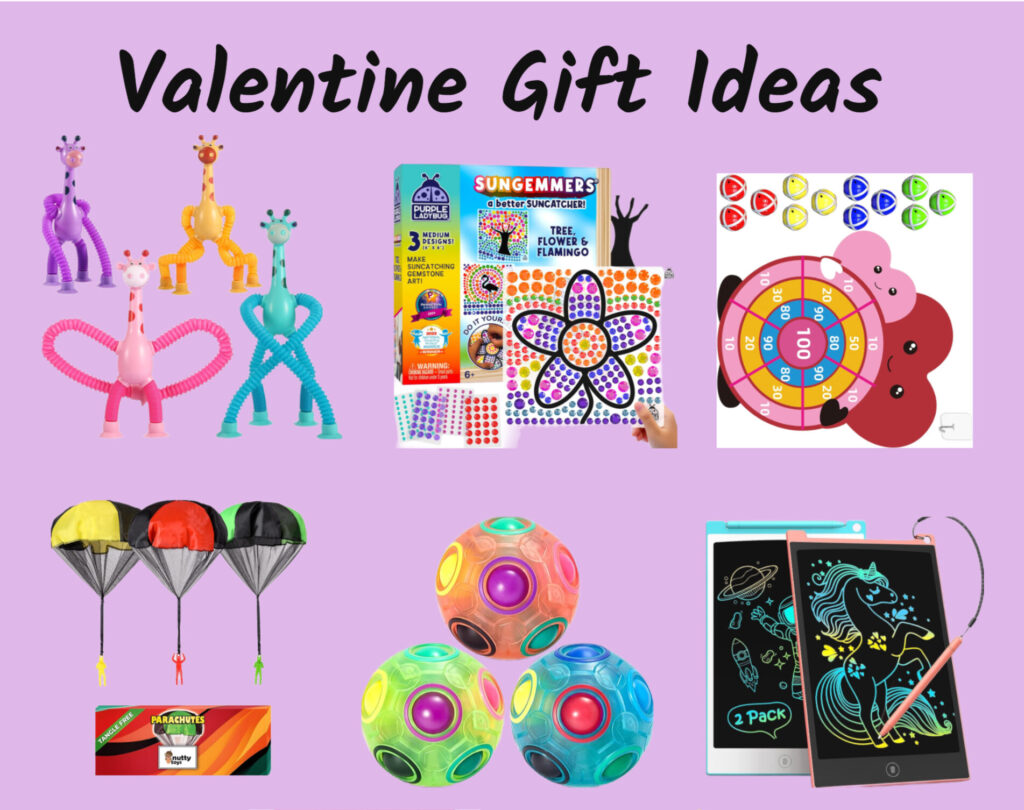
Here are some small gift ideas (most $10 or less) that we wish were available when our older kids were smaller. A lot of them are fun sensory tools or hands on activities to enjoy during free time.
How our Homework Routine Saved my Sanity
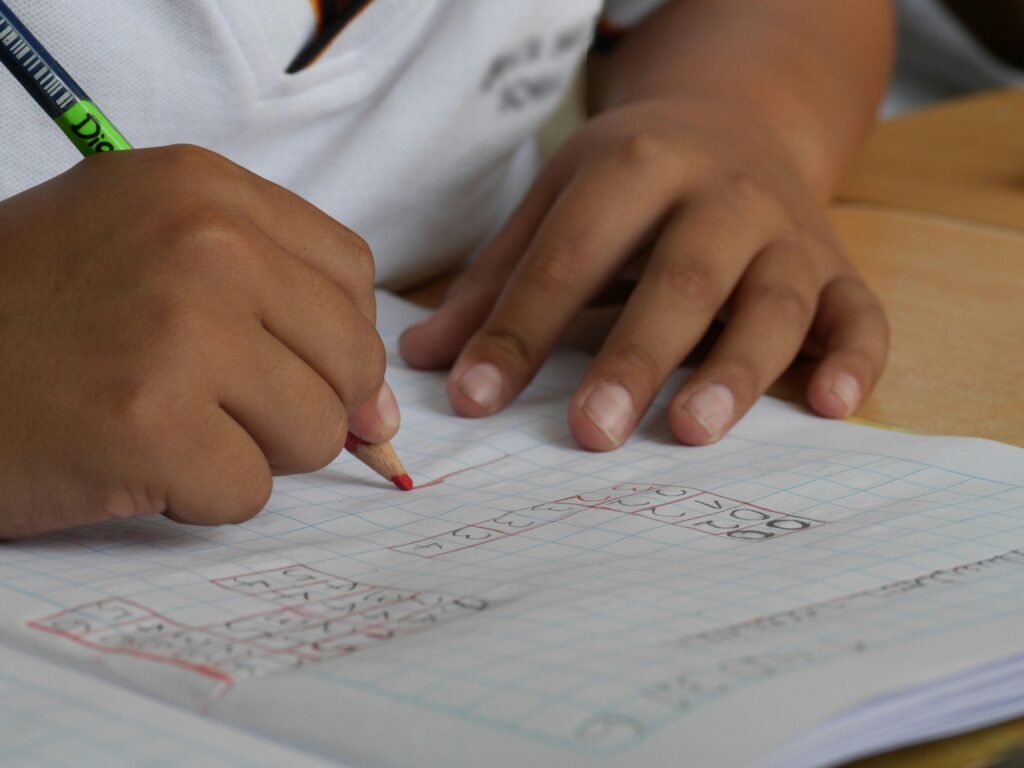
In my morning routine article, I told you a little bit about my son, Jayce. He was my easy going, laid back, big hearted child; but when it came to getting things complete, he waited until the last minute. Being the opposite, I thought I would lose my mind. When it came to homework and our busy schedules, I had to come up with a routine to make sure everything was completed. This article will explain how I managed to do that.
“Dirty Laundry, Dishes, and the Never-Ending Spin Cycle!”

When the kids were younger, it was hard to manage cleaning the house during the week. In the beginning, I would wait and do everything on Saturday. Then Sunday rolled around and I was preparing for the week. It was as if I didn’t even have a weekend break. My Saturday was consumed with cleaning, washing and folding a lot of clothes. My Sunday was spent preparing for the week. All of my kids were active in sports and dance. When Kayla started playing soccer, her games were played on Saturday. As a result, my all day cleaning did not happen. At that point, I knew I had to come up with a better plan that worked for my family. I decided that each day after work, I would choose something to do. Of course there were things that needed to be done daily such as the floors swept, dishes, etc. The other items, I decided would be separated and one completed each day.
Sensory Tools: Unlocking the Power of Play and Focus
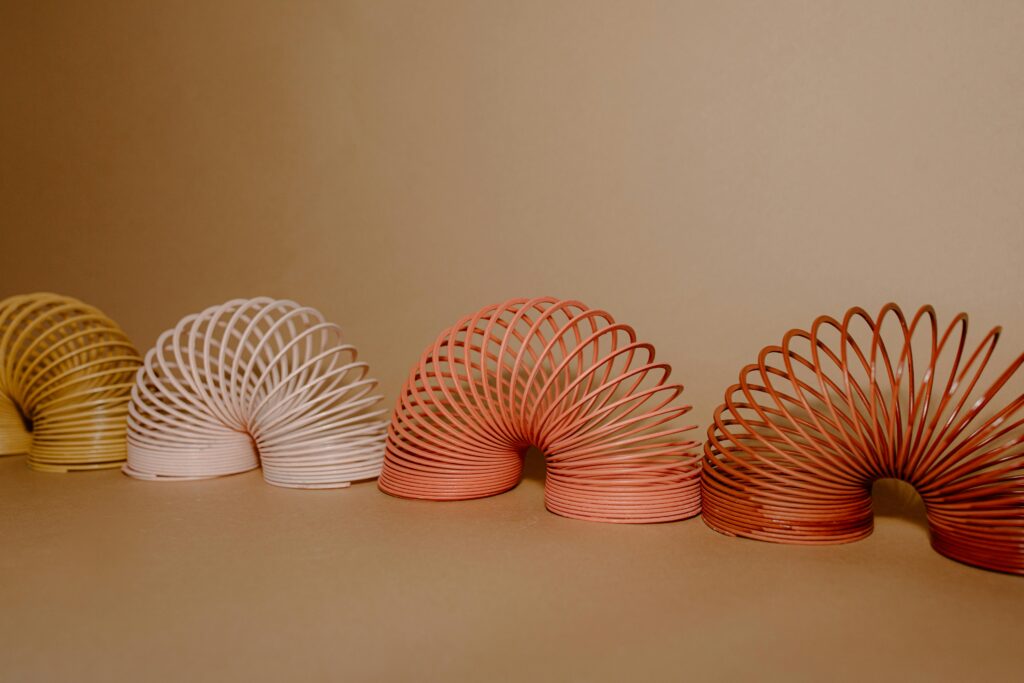
Over the years, I have definitely noticed an increase in sensory needs among all children and even adults. I know there are a variety of reasons for this increase, but for this article, we want to share some of the sensory tools that have been used in our classrooms and have helped with engagement and regulation.
Tools, Not Traps: Harnessing Sensory Items for Success in the Resource Classroom

As a mother of four I have been blessed to see children grow through all developmental stages. Each child is different, but stages are similar. At each level and into adulthood, sensory input is important. It is how we learn, show and feel love, and regulate our emotions.
Sensory Seating: Creating Comfort and Focus for Every Learner

Sensory Seating increases engagement. It is an important set of tools that can help to improve the success of your learning environment. We love sensory seating. It can be strategically placed ahead of time for those students that you know need extra sensory input and wiggle time.
Math Made Fun: Unlocking Learning with Hands-On Tools
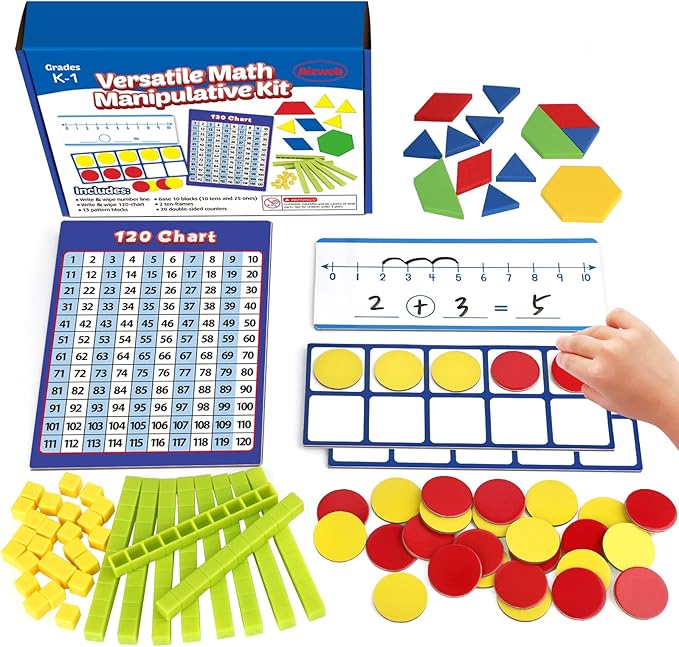
Over the past 5 years, I have obtained different hands-on math items that have supported the learning goals of the individual students that I serve (specific to the primary grades, some upper). I wanted to share these with my homeschool families and provide a description for each. Some materials can teach multiple concepts and this saves time and money. When you can teach a concept through hands-on materials, it helps to keep the child engaged, makes learning fun and supports learning styles.
